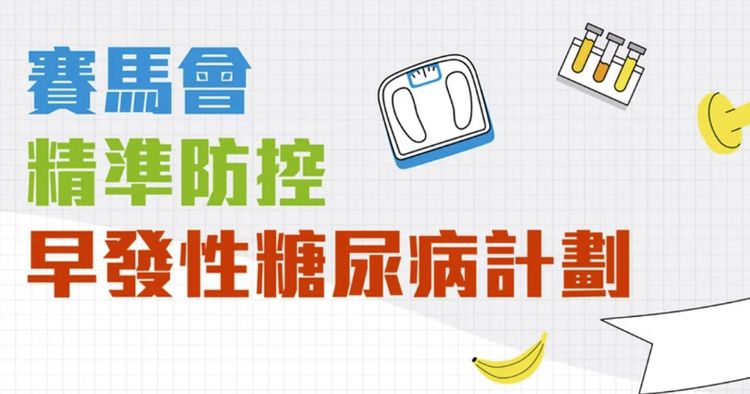Acknowledgement: Radio Television Hong Kong (RTHK) 《精靈一點‧健康你主場》
What is Shingles?
Shingles, medically known as Herpes Zoster, is caused by the Varicella-Zoster Virus—the same virus that causes chickenpox. After chickenpox infection, the virus remains dormant in the nervous system. When immunity weakens, the virus can reactivate, travelling along nerve pathways to the skin or other parts of the body, causing shingles.
Who is at Higher Risk of Shingles?
The following groups are more susceptible to shingles:
- Individuals aged 50 and above
- Those who have had COVID-19
- Significant psychological stress
- Diabetes
- Asthma or chronic obstructive pulmonary disease (COPD) patients
- Cardiovascular disease patients
- Chronic kidney disease patients
- Autoimmune disorders (e.g., lupus, rheumatoid arthritis, inflammatory bowel disease)
- Family history of shingles
- Cancer patients
- HIV/AIDS patients
What Are the Symptoms of Shingles?
- Rash and Blisters: A painful rash typically appears on one side of the body, such as the chest, waist, back, or face. The rash forms a band-like pattern along nerve pathways. The rash develops into fluid-filled blisters that may last 1 to 14 days, eventually drying, scabbing, and healing within 2 to 4 weeks.
- Severe Pain: Pain can persist for weeks or even months, significantly impacting quality of life. The pain may feel like burning, stabbing, tingling, or even electric shocks.
- Other Symptoms: Fever, headache, and fatigue may also occur.
Postherpetic Neuralgia
Some individuals continue to experience pain even after the rash heals, a condition known as postherpetic neuralgia. This pain can last for months or years, causing significant physical and emotional distress. Studies show that up to 30% of shingles patients develop PHN, with older adults at higher risk. Even light touches to the skin can trigger severe pain, often requiring long-term pain management and impacting daily life. Shingles can also lead to complications such as facial paralysis, vision loss, and an increased risk of stroke.
What to Do If You Suspect Shingles?
If you or a family member suspect shingles, seek medical attention immediately. The "golden 72 hours" from symptom onset is the critical window for treatment. Early intervention can:
- Reduce symptom severity
- Shorten the duration of the illness
- Lower the risk of PHN
Preventing Shingles: Get Vaccinated
The most effective way to prevent shingles and its complications is through vaccination. The recombinant zoster vaccine (Shingrix) offers strong and long-lasting protection.
- ** Who Should Get Vaccinated?**: Adults aged 50 and above, as well as high-risk individuals aged 18 and above.
- Dosage: Two doses, with the second dose administered 2 to 6 months after the first.
- Duration of Protection: At least 10 years, with no booster shots currently recommended.
Dr. Tam Yat Hung’s Advice
Dr. Tam emphasizes that while shingles is common, it should not be taken lightly. Key preventive measures include:
- Getting vaccinated
- Maintaining a healthy lifestyle (balanced diet, adequate sleep, regular exercise)
- Managing stress effectively
Conclusion
Shingles not only causes physical pain but can also affect mental health and quality of life. By getting vaccinated and raising health awareness, we can effectively prevent shingles and its complications. At Shoebill Health Care, we offer comprehensive healthcare services, including shingles vaccination, chronic disease management, and health consultations. Our experienced nursing team provides professional and safe vaccination services and is ready to answer your questions.
If you or your family have any concerns, feel free to contact us to learn more about shingles vaccination or to schedule an appointment.


